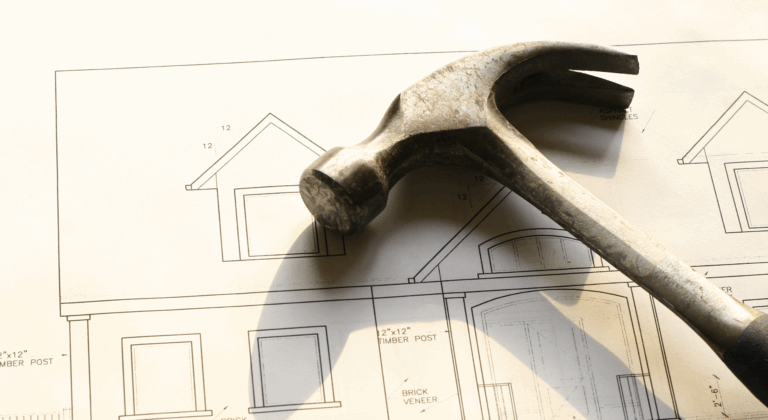Outdoor Living Redefined: Custom Decks and Fire Pits for Ultimate Relaxation
Introduction: Mastering the Essentials of Painting, Carpentry, and Home Improvement
Whether you’re refreshing a room with a new coat of paint or building custom shelving to maximize storage, painting, carpentry, and home improvement projects can transform your living space. However, without proper planning and technique, even simple tasks can lead to frustration, wasted materials, or costly mistakes. This article explores practical strategies to tackle common projects with confidence, emphasizing preparation, tool selection, and attention to detail. From avoiding uneven brush strokes to ensuring sturdy carpentry joints, these skills are invaluable for homeowners and DIY enthusiasts aiming to enhance their homes efficiently. Let’s dive into the foundational principles that separate amateur efforts from professional-quality results.
Preparing Your Workspace: The Foundation of Success
A clean, organized workspace is critical for both safety and precision. Start by:
- Clearing the area: Remove furniture, decor, and tripping hazards.
- Protecting surfaces: Use drop cloths for painting or sawdust containment.
- Ensuring proper ventilation: Open windows or use fans when working with fumes.
For carpentry, secure your materials with clamps to prevent slips. For painting, sand walls and fill cracks before priming to ensure a smooth finish.
Choosing the Right Tools and Materials
Quality tools elevate your work. Key considerations include:
- Brushes vs. rollers: Use angled brushes for edges and rollers for large walls.
- Saw selection: A miter saw ensures precise cuts for trim, while a jigsaw handles curves.
- Paint type: Matte hides imperfections; semi-gloss is durable for kitchens.
Invest in a stud finder, level, and wood glue for carpentry. Cheap tools often lead to rework—opt for mid-range options for reliability.
Painting Techniques for a Flawless Finish
Avoid streaks and drips with these steps:
- “Cut in” edges with a brush before using a roller.
- Maintain a “wet edge” by rolling in small sections and blending as you go.
- Apply two thin coats instead of one thick layer.
Pro tip: Sand lightly between coats for a glass-like surface. For cabinets, remove doors and hardware to paint evenly.
Carpentry Basics: Measuring Twice, Building Once
Precision separates wobbly shelves from heirloom pieces. Follow these guidelines:
- Use a carpenter’s square for 90-degree angles.
- Pre-drill holes to prevent wood splitting.
- Reinforce joints with wood glue and screws (not nails) for heavy-duty projects.
Case study: A DIYer built floating shelves using hidden brackets and wood filler for seamless edges—showcasing how planning enables sleek results.
Troubleshooting Common Challenges
Even experts face setbacks. Quick fixes include:
- Uneven paint: Sand the area and repaint.
- Squeaky floors: Sprinkle talcum powder between floorboards.
- Stripped screws: Use a rubber band for grip when removing them.
For warped wood, dampen the concave side and apply weight as it dries.
Conclusion: Elevate Your DIY Projects With Confidence
Successful home improvement hinges on preparation, the right tools, and methodical execution. By mastering techniques like cutting in paint or reinforcing carpentry joints, you’ll achieve durable, professional-looking results. Remember: patience pays off—don’t rush drying times or skip sanding steps. For your next project, create a checklist based on these principles, and tackle one task at a time. Whether you’re painting an accent wall or building a garden bench, these strategies will help you avoid pitfalls and enjoy the process. As you gain experience, you’ll not only save money but also take pride in a home that reflects your craftsmanship.







